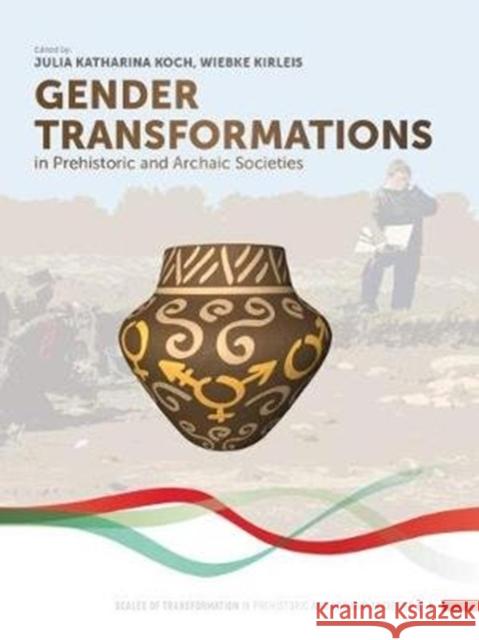Gender Transformations in Prehistoric and Archaic Societies » książka
topmenu
Gender Transformations in Prehistoric and Archaic Societies
ISBN-13: 9789088908224 / Angielski / Twarda / 2020 / 500 str.
Gender Transformations in Prehistoric and Archaic Societies
ISBN-13: 9789088908224 / Angielski / Twarda / 2020 / 500 str.
cena 947,28
(netto: 902,17 VAT: 5%)
Najniższa cena z 30 dni: 941,44
(netto: 902,17 VAT: 5%)
Najniższa cena z 30 dni: 941,44
Termin realizacji zamówienia:
ok. 30 dni roboczych
Dostawa w 2026 r.
ok. 30 dni roboczych
Dostawa w 2026 r.
Darmowa dostawa!
Kategorie:
Kategorie BISAC:
Wydawca:
Sidestone Press
Seria wydawnicza:
Język:
Angielski
ISBN-13:
9789088908224
Rok wydania:
2020
Numer serii:
000857647
Ilość stron:
500
Waga:
1.75 kg
Wymiary:
28.19 x 21.34 x 3.05
Oprawa:
Twarda
Wolumenów:
01











